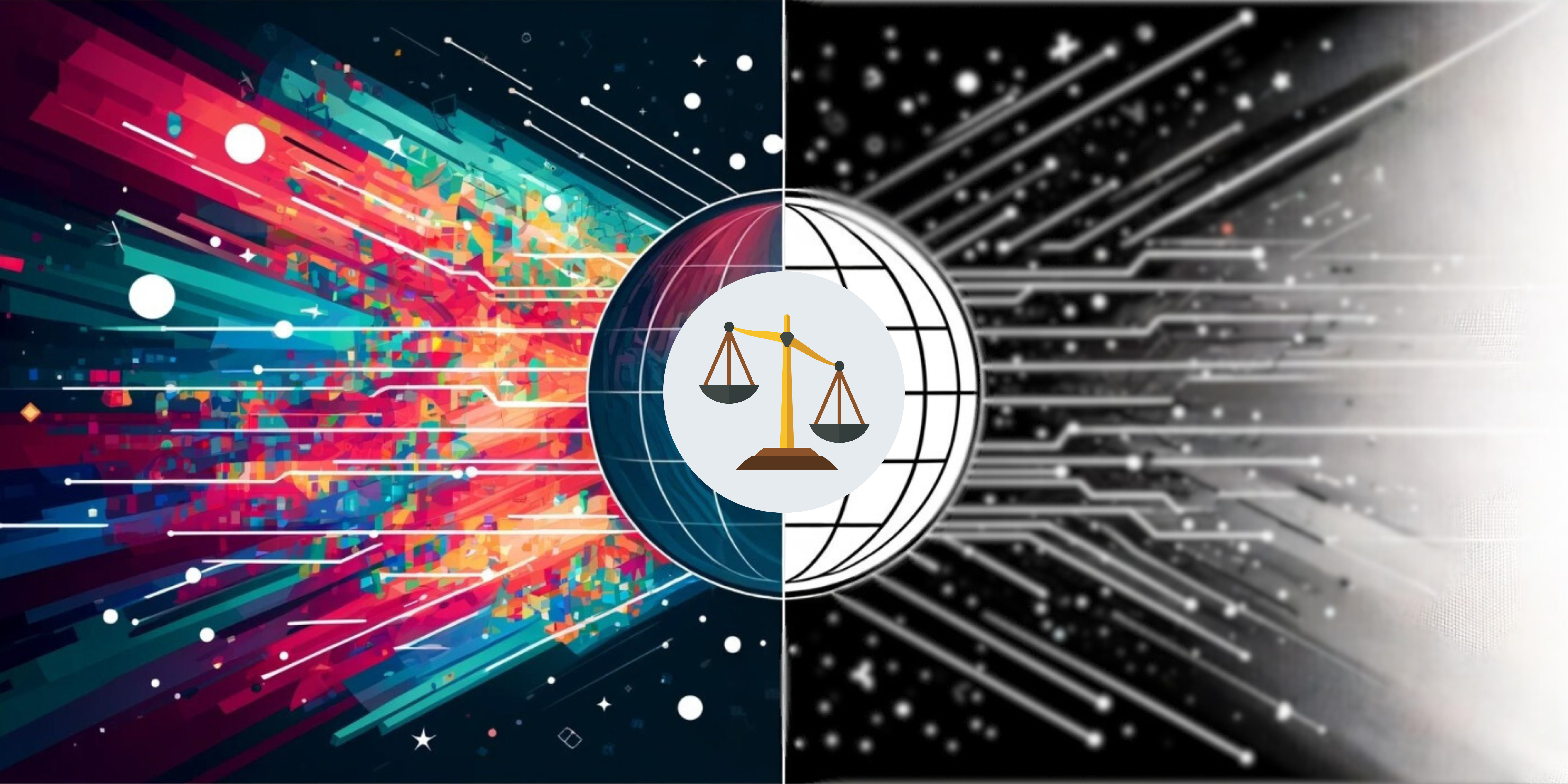 According to the Internet Outage Detection and Analysis (IODA) project, which monitors internet disruptions around the world, over 20 provinces of Iran experienced various types of internet outages in August 2023. This month was also crucial for the Iranian tech sector, as it has engaged in negotiations with the ministry of telecommunication regarding network quality.
According to the Internet Outage Detection and Analysis (IODA) project, which monitors internet disruptions around the world, over 20 provinces of Iran experienced various types of internet outages in August 2023. This month was also crucial for the Iranian tech sector, as it has engaged in negotiations with the ministry of telecommunication regarding network quality.
On July 16, Tehran Electronic Commerce Association (ECA) released a comprehensive report titled, “The State of Internet in Iran,” that was accompanied by an open letter to President Raisi, calling the quality of Iran’s internet “critical.”
A source close to the ECA told FilterWatch that this was a joint effort of all members of Electronic Commerce Society (ECS), an umbrella organization that includes ECA and other tech associations.
ECA was established in 2019 by a group of large tech companies, and currently it has over 40 members including Snapp, Arvan Cloud, Alibaba, Digikala, and Filimo
The ECA report has three main categories: Network Disruptions, Censorship and Speed. Network disruption is based on network measurement tools such as OONI and Arvan Cloud. Censorship data was collected from Arvan Cloud, Radar, Freedom House Reports, Similar Web and Surf Shark. Finally, internet speed data is coming from Cloud Flare, meter.net, and two major Fixed Communication Providers (FCP) in Iran.
We reviewed this report and found it to be full of credible and detailed technical information. It reflects the high technical knowledge and skill of the contributors. Unsurprisingly, Iranian authorities did not welcome this report when it was released.
On July 27, during the review session of the report, Mohammad Jafarpour, CEO of Infrastructure Telecommunication Company (ITC), said: “This report is not correct and if the network has 50% packet loss, it means no communication, which is not true.”
However, a source close to ECA told FilterWatch that after many rounds of meetings and negotiations as well as providing documents and evidence, some of the disruptions were finally fixed.
As a result, on August 27, Pouya Pirhosseinloo, CEO of Arvan Cloud which contributed to the report significantly, wrote on twitter: “HTTP/3 from Monday (August 21) with changes in filtering policies”
Of note, HTTP/3 is the latest version of the HTTP protocol that allows web browsers and servers to communicate. It improves how data is transferred, making it faster and smoother.
The Iranian tech community has been struggling for a year to persuade the Raisi administration to address the challenges they face in the digital sphere. While some of their demands have been met, especially those related to the business environment, the majority of Iranian internet users remain deprived of free and open access to online information and services. As the ECA report shows, the internet in Iran is still subject to severe disruptions and censorship that undermine the rights and interests of its citizens.
How Summer Electricity Blackouts Affect Internet Access in Iran
Iran has been facing electricity outages for years, especially during the summer months, which has contributed to frequent blackouts in various parts of the country. The power outages have not only disrupted the daily lives of millions of Iranians, but also affected their access to the internet.
In a recent Twitter post, Mohammad Mozafary, the head of technical department of Iran server, explained how summer blackouts affect internet access in Iran. He said that when the urban electricity frequency level drops, it disrupts the data center facilities that provide internet services. He also reported that on August 6, some data centers in Tehran faced electricity blackouts, which caused internet outages in the capital.
Internet Disruptions Across Iran on Journalists’ Day
On Journalists’ Day in Iran, many parts of the country faced a severe internet outage that lasted for almost an hour. The disruption occurred on August 8, around 4 pm local time (12:30 pm GMT), making it difficult for journalists and citizens to access online information and services.
On August 8, a data center in Tabriz, East Azerbaijan province, that belongs to the Telecommunication Infrastructure Company (TIC) had a disruption around 4 pm local time. This was reported by Mohammad Mozafary, the head of the technical department of Iran server.
Sonita Sarabpour, a journalist who covers internet issues in Iran, quoted some experts on Twitter who said that the internet outage was not resolved after an hour, but rather shifted to another type of disruption. She explained that this was caused by a problem in a traffic switch point that affected the network connectivity.
At the same time and date, according to IODA data, we observed severe internet disruptions in the following provinces: Ardebil, Zanjan, Kordestan, Kermanshah, Ilam, Hormozgan, Golestan.
Islamic Vatican of Iran: Unknown disruption
Qom province, a center of Shia Islam, experienced severe internet disruptions from August 22 to August 30.
The internet was almost completely shut down in Qom province for two consecutive days (August 27 and 28). Of note, there were no immediate comments or reactions to these disruptions, neither from the authorities nor the internet users in the region.
Half a Month without Internet
Many provinces in Iran faced internet disruptions for long stretches in August. The following lists these:
Semnan province suffered from almost half a month of severe internet disruption from August 23 to the end of the month. According to IODA data (graph below), there was a near total internet shutdown from the night of August 27 to the morning of August 28 in Semnan.
Alborz province was one of the most affected by internet disruptions in Iran in August. As the graph below shows, there was a recurring pattern of disruption that happened every night from 3 am to 9 am local time (11:30 pm to 5:30 am GMT). This was similar to the previous months.
Other provinces in Iran experienced frequent internet disruptions throughout August. These disruptions did not last more than a few hours each time, but they still affected the internet access of the people living there. The provinces that faced this problem were: South Khorasan, Bushehr, Yazd, Ardebil and Ilam.
Sistan and Baluchestan province, which had faced near total internet shutdowns every Friday morning since the “bloody Friday” massacre of September 30, 2022, resumed these shutdowns in August after a few weeks of pause.
The internet was severely disrupted in Sistan and Baluchestan province in the last week of August. According to Iran International, this happened after Abdolhamid Ismaeelzahi, a Sunni cleric who is regarded as the spiritual leader of Iran’s Sunni Muslim population, gave a speech in the great Mosque of Zahedan criticizing the government.
There were also some protests in other cities of the province on the same day as per BBC Persian.
A Brief Overview of Other Internet Disruptions in Iran
Several provinces in Iran experienced near total internet shutdowns in August, according to IODA data. Some of these provinces, such as Kurdistan, Ilam and Kermanshah have been the sites of protests against the government and have faced frequent internet disruptions for months.
- On August 17, these three provinces, along with South Khorasan, had almost no internet access for the whole day.
- On August 23, Kurdistan and Kermanshah also suffered from severe internet outages, without any explanation from the authorities.
- On August 27, Qazvin, Mazandaran, and Hamedan provinces had near total internet shutdowns for about two hours, starting from 1:30 am.
- On August 2, Golestan province had almost no internet connection for the entire day.
These internet shutdowns have affected the lives and rights of millions of Iranians who rely on the internet for communication, information and services.
Overall, the Internet access in Iran in August was in a dire situation, despite the government’s denials. The ECA report was based on various sources of information from outside Iran, which the Islamic republic authorities have always dismissed. This report and its data confirms that the reports of activists and reputable monitoring websites are reliable and factual.










